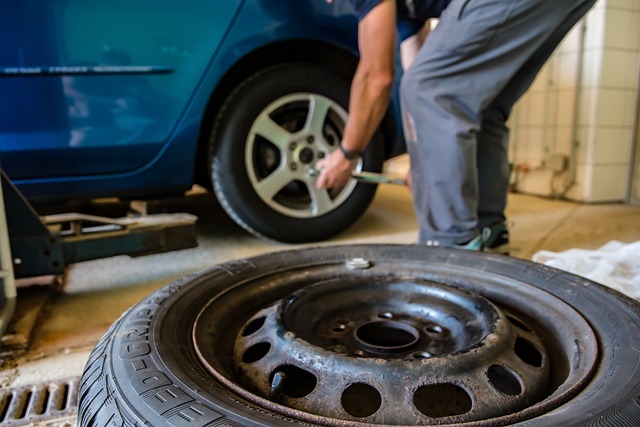
Tire Maintenance
Maintaining your vehicle’s health often boils down to simple, consistent upkeep. One crucial yet often overlooked task is tire rotation. This straightforward maintenance routine can save you money, enhance your car’s performance, and keep you safe on the road. Let’s dive into why tire rotations are essential, how the process works, and how often you should schedule them.
But in a case of an urgent rescue, Defender DC can help you out.
Why Are Tire Rotations Important?
Tires wear unevenly due to the different forces exerted on each one. For instance:
- Front tires in front-wheel-drive vehicles bear the brunt of steering, acceleration, and braking.
- Rear tires in rear-wheel-drive vehicles wear differently, often more slowly.
- Uneven wear affects handling, fuel efficiency, and the tire’s lifespan, potentially leading to unsafe driving conditions.
Regularly rotating your tires ensures even wear, which offers multiple benefits:
- Extended Tire Life: Even wear means all tires reach their maximum mileage potential.
- Improved Performance: Balanced wear enhances grip, stability, and overall vehicle handling.
- Cost Savings: Avoid premature tire replacement and improve fuel efficiency.
- Enhanced Safety: Evenly worn tires reduce the risk of skidding or blowouts.
How Does Tire Rotation Work?
Tire rotation involves moving tires from one position on the vehicle to another, following specific patterns depending on the vehicle’s drivetrain and tire type. Common rotation patterns include:
- Forward Cross: For front-wheel-drive vehicles, the front tires move to the rear, while the rear tires cross to the front.
- Rearward Cross: For rear-wheel-drive or four-wheel-drive vehicles, the rear tires move to the front, while the front tires cross to the rear.
- X-Pattern: All tires swap diagonally, suitable for front- or all-wheel-drive vehicles.
- Side-to-Side: For directional tires (those with a tread pattern designed to work in one direction), tires are moved between the same side of the vehicle.
Professional mechanics ensure that the correct pattern is followed based on your car’s specifications, ensuring optimal performance and safety.
How Often Should You Rotate Your Tires?
The general recommendation is to rotate your tires every 5,000 to 7,500 miles. However, this interval can vary based on:
- Manufacturer’s Guidelines: Check your vehicle’s owner manual for specific intervals.
- Driving Conditions: Harsh environments, off-road driving, or carrying heavy loads may require more frequent rotations.
- Tire Type: High-performance or specialized tires may demand a unique rotation schedule.
If you’re unsure, consider scheduling a tire rotation alongside your regular oil changes—it’s an easy way to establish a consistent routine.
DIY or Professional Service?
While some car owners rotate their tires at home, it requires the right tools (like a jack, lug wrench, and torque wrench) and knowledge of the correct patterns. For most people, entrusting the task to a professional is safer and more efficient. Professionals can also inspect your tires for damage, check air pressure, and align them if needed—all during the same visit.
Final Thoughts
Tire rotation is a small effort with a big payoff. By committing to regular rotations, you’re investing in better performance, longer-lasting tires, and a safer ride. Whether you handle it yourself or leave it to the experts, make tire rotations a non-negotiable part of your vehicle’s maintenance plan.
Your car—and your wallet—will thank you!